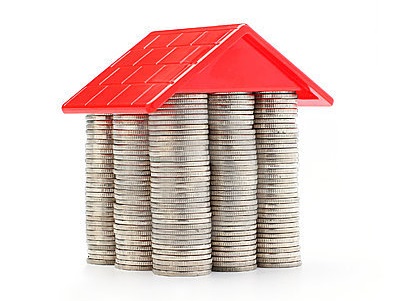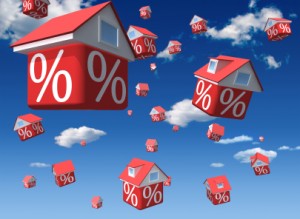RBA leaves rates on hold in September
The RBA announced it will hold the cash rate at 2% at its September Board Meeting.
China is an enormous trading partner with Australia – 35% of the value of all merchandise exports demanded from Australia in June this year came from China. This makes Australian prosperity heavily dependent on Chinese performance, particularly in Western Australia and the Northern Territory where resource exports to China make up an even larger portion of export value.Maintaining a low cash rate could make it easier for Australian exporters to borrow and innovate in an uncertain global market, and potentially stimulate domestic consumption.Export demand may be aided by a persistently low AUD, which fell to US$0.70 at the end of August. Depreciation in the dollar mitigates the need for a further cash rate cut this month.However, as well as slowing export demand from China, the stock market crash has led to falling confidence from domestic investors, causing domestic private investment to fall. This may incentivise a rate cut later this year.The NAB Monthly Business Survey saw the business confidence indicator fall significantly in July, from +8 in June to +4 in July, suggesting a decrease in confidence in the levels of trading, profitability and employment.
Tomorrow, economists will keep their eyes peeled for the June quarter national account figures to be released by the ABS, which will reveal Gross Domestic Product (GDP). Annualised GDP growth is expected to fall to 2.2% from 2.3% in the March quarter, which is Property News – onthehouse.com.au
well below the 10 year average of 3.2%.
The unemployment rate was up to 6.3% in July, from 6.1% in the previous month. The participation rate increased by 0.3 percentage points in the same period. Wage growth was last measured in March at 2.3% for the quarter, which is a record low.
While the businesses confidence, investment and wage growth are low in the wake of the volatile Chinese stock market, it is important to keep some perspective on the Chinese economy. Despite slowed growth rates in Chinese GDP, the economy is worth approximately US$10.4 trillion. It is second in size to only the US economy, and it is approximately 10 times larger than the Australian economy. To grow continually at 7 to 8% per annum would defy the law of large numbers.
Furthermore, the stock market does not represent all of China’s economic activity. Relative to other nations, stock equities represent a small portion of household wealth. This is not to say that China, and subsequently Australia, will experience a painless economic recovery.
The Australian dwelling market in July presented even more disparate growth than the previous month. For example, annualised growth saw a contraction in Perth houses of 4.34%, while Sydney houses surged by 21.17%, showing a real dollar value increase of approximately $180,000 in a single year.
A low cash rate, and talk of a further 25 basis point cut in November, puts the Sydney market position at further risk. Interest rates are likely to remain low for some time in the context of global economic uncertainty. A low cash rate is not a sign of economic strength, and yet housing finance commitments to investors continues to outstrip owner occupiers, suggesting a majority of those purchasing dwellings are employing a wealth growing strategy.



